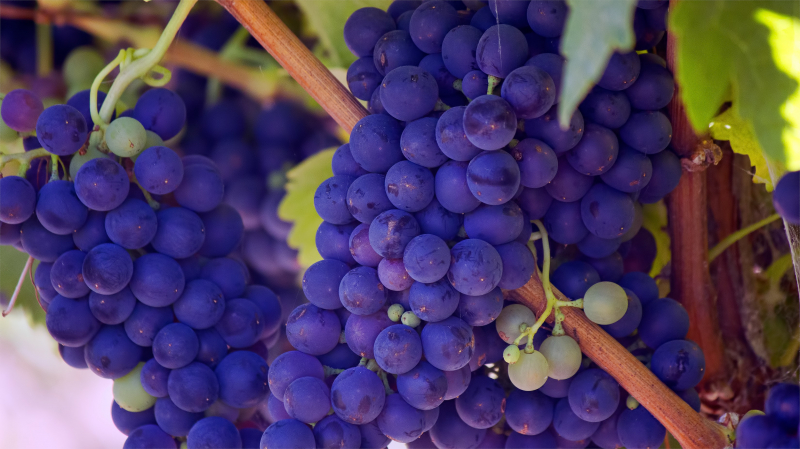Istria

Grapevines appear to have been introduced to Istria by the Fenicians and Greeks. The Histri, the native settlers at the time, successfully nurtured this fine vine and mastered wine making. The tradition goes that the Argonauts, famed Greek seamen in quest of the Golden Fleece, yelled kalavojna, which loosely translates from Greek as fine wine. Where? On the eastern coast of Istria, at a location along the Bay of Raa that still maintains that name.
What has made Istria synonymous with fine wine? Man's labor, of course, but it's the natural traits that ensure high-quality grapes. These include position, soil, climate, and relief, since each adds to the allure of fine wine to varying degrees. On the Istrian peninsula, there are two primary types of soil suited for wine production: red soil (terra rossa) and marly soil or flysh, often known as white soil. According to experts, the red soil is suitable for high-quality red variety plantings (producing powerfully structured, full-bodied wines), whilst the flysh soil is ideal for white varieties, providing mellow wines that preserve their freshness as well as the delicate scent. Istria's hilly territory with moderate slopes is perfect for winegrowing, especially slopes exposed to the sun, where the larger variation between day and night temperature contributes to the future wine's distinctive strength.
Location: Croatia















